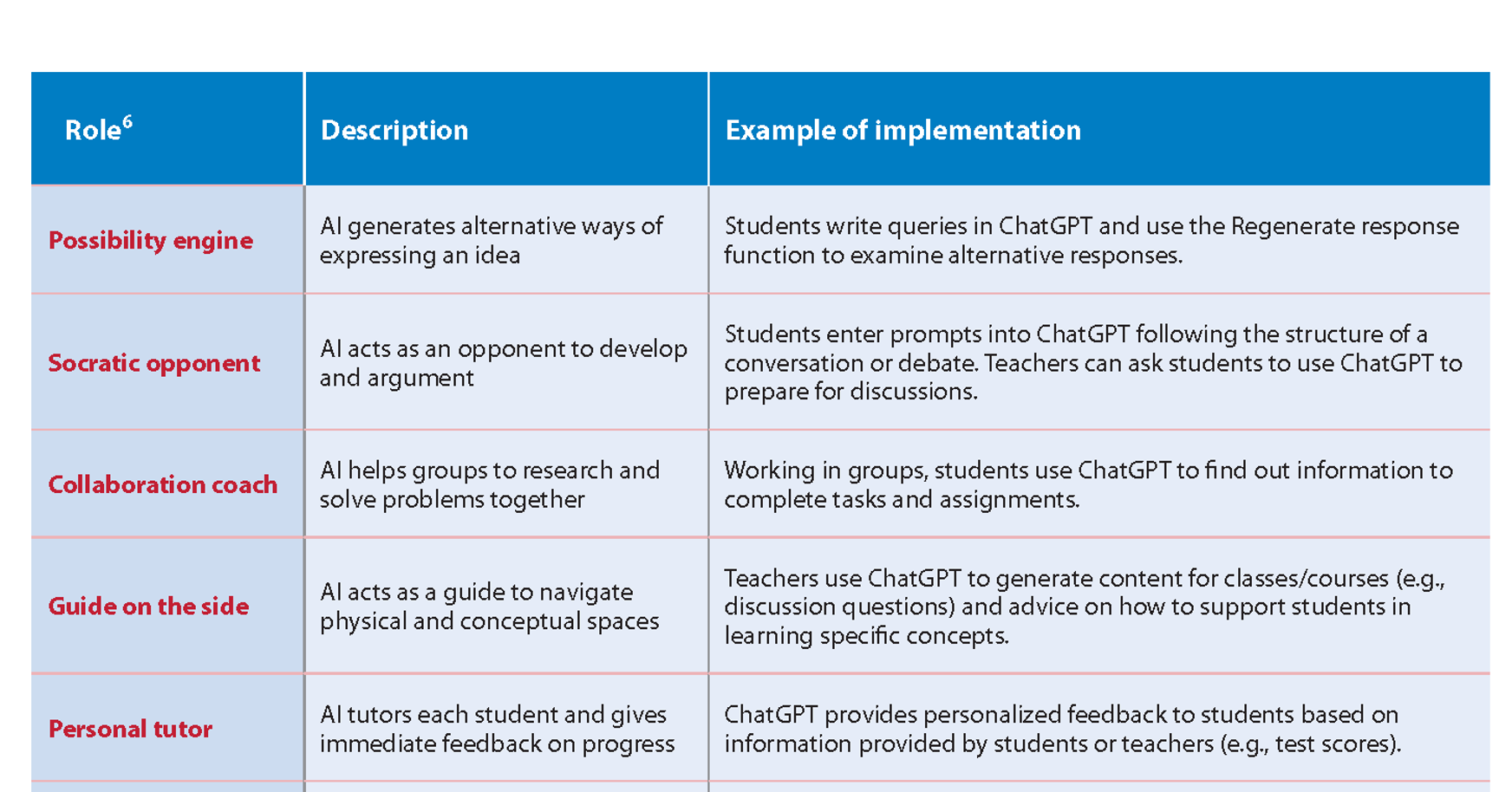- A type of generative AI that is specifically designed for generating human-like text in a conversational manner.
- Works by using a large dataset of text to train its algorithms to generate responses that are coherent and relevant to the given context.
- ChatGPT is trained on a massive dataset of text and code. This dataset includes books, articles, code, and other forms of text.
- ChatGPT uses a technique called deep learning to generate text. Deep learning is a type of machine learning that allows computers to learn from data without being explicitly programmed.
The information in this Research Guide has been adapted from a power point presentation by Grace Beam.



